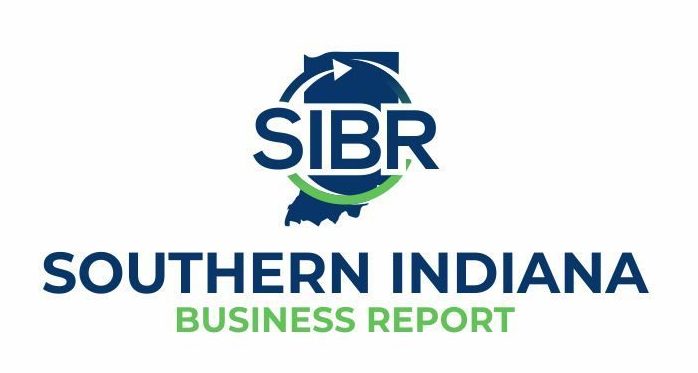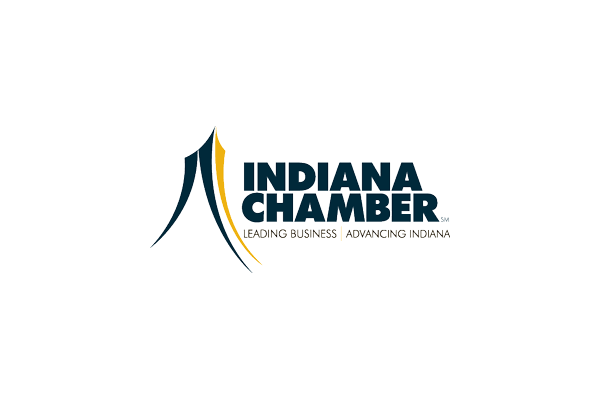Southern Indiana Business Report
INDIANAPOLIS — A new tax study from the Indiana Chamber Foundation reveals that the state stands out for its relatively high reliance on individual income and sales taxes, while it maintains a competitive effective business tax rate. The report also identifies challenges in sectors like manufacturing and life sciences, where property and personal property taxes drive up the effective tax rates.
Despite these hurdles, Indiana’s overall tax burden remains lower than the U.S. average, making it an attractive environment for business and economic growth.
The research, “Indiana’s Tax System: A Comparative Analysis,” examines Indiana’s state and local tax structure in comparison to neighboring and competitive states, providing critical data to inform the state Legislature’s ongoing tax review and potential reforms. It represents phase one of the Indiana Chamber’s highly anticipated two-phase tax study, conducted by Ernst & Young LLP.
“Our state’s tax climate is the result of sustained efforts over decades to build a strong, business-friendly environment,” said Vanessa Green Sinders, president and CEO of the Indiana Chamber of Commerce, in a press release. “Indiana is well-positioned among our peers to attract capital investment and support long-term economic growth. The data from phase one of this study highlights key opportunities for improvement, which will help us gain a competitive edge moving forward.”
Key findings
Specific key findings from the study include those around tax burden, business tax competitiveness, business share of taxes and competitiveness for key industries.
Indiana has consistently had a lower tax burden compared to the U.S. average from FY12 to FY22. In FY22, Indiana’s state and local tax revenue per capita was $5,618 compared to $7,097 nationally. Indiana’s combined state and local tax burden is 9.6% of personal income, which is lower than the 10.8% U.S. average and is in the middle of the benchmark states.
Businesses pay 38% of state and local taxes in Indiana, which is the third lowest among peer states. Businesses pay a higher share of property taxes in Indiana than the benchmark state average.
Indiana has higher effective tax rates in capital-intensive industries such as manufacturing and life sciences due to the taxation of personal property, which drives high effective property tax rates. For example, manufacturing is a capital-intensive industry, and Indiana’s high taxation of both real and personal property results in the 4.9% property tax effective rate, more than double the benchmark state average, with personal property tax accounting for 2.5 percentage points of the total effective rate.
“Indiana ranks fifth lowest among benchmark states for total effective business tax rate at 3.8%, well below the U.S. average of 5.0%,” said David Ober, senior vice president of business operations and finance at the Indiana Chamber. “We are well-positioned as a leader in overall business tax competitiveness. However, when you focus on specific industries for which Indiana is known, such as manufacturing and life sciences, the data shows opportunities for improvement. By addressing these areas, we can further sharpen our competitive advantage and continue to drive economic growth.”
Added Sinders, “This study marks the first step in a larger effort. As we move forward, we will meet with key lawmakers, administration officials and local leaders across Indiana to ensure that the findings from phase one are used to drive policy decisions. Our goal is to work collaboratively to shape policies that strengthen Indiana’s economic foundation and keep us ahead in the competitive landscape.”
Phase two of the tax study will delve deeper into opportunities for tax reform and provide detailed recommendations on how Indiana can refine its tax system to boost business investment, economic growth and quality of life for all Hoosiers.
The tax study was informed by consultations with the Indiana Chamber Tax Research Advisory Committee, comprised of representatives from key business sectors, tax policy experts, consultants, relevant state agencies and economic development professionals.
Lead investors in the two-phase tax project are Ambassador Enterprises and AES Indiana. Other key contributors are Maple Leaf Farms, bp America, dormakaba Americas, Cleveland-Cliffs Inc., Al & Kathy Hubbard, OneMain Financial and CountryMark.View the full Indiana Chamber Foundation study at www.indianachamber.com/tax.



